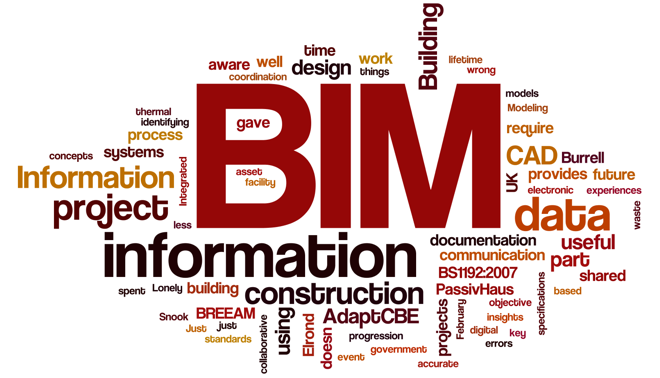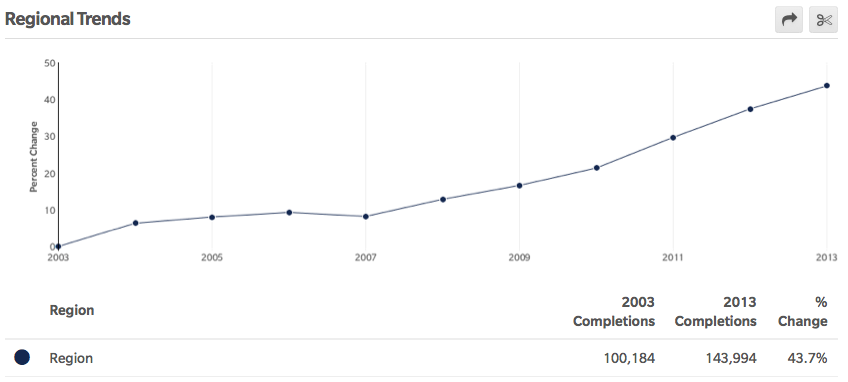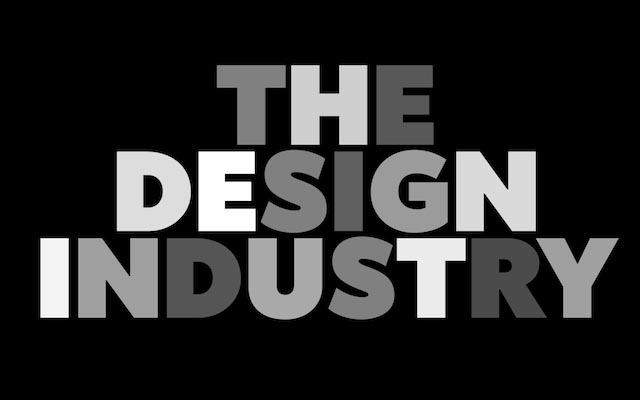
Introduction:
Computer-aided design (CAD) technology has evolved significantly over the past few years. CAD is used to create two- or three-dimensional (2D or 3D) graphical representations of physical objects with the help of computer programs. Keeping up with emerging CAD trends is essential for businesses and professionals alike, as it influences innovation and operational efficiency. Based on a report by the Business Advantage Group, we’ve highlighted key global CAD trends that reflect current industry practices and potential future developments.
Top CAD trends
1. The Gap Between CAD Awareness and Usage is Narrowing:
The survey shows an ongoing narrowing of the gap between CAD awareness and usage, particularly in the realm of 3D printing. In 2014, 81% of CAD professionals were aware of 3D printing, yet only 62% actively used the technology. Fast forward to 2015, awareness grew to 88%, and 77% of respondents had integrated 3D printing into their workflows. Although this gap is shrinking, there’s still work to be done to bridge the gap fully, indicating room for further adoption of cutting-edge technology.
2. Increasing Demand for Mobile Access to CAD Data:
One of the most rapidly growing trends is the demand for mobile access to CAD data. Currently, 21% of CAD users access their data through mobile platforms, and this figure is expected to rise by 10% over the coming years. The United States leads in this trend, with more than a quarter of respondents already using mobile access. Interestingly, the Asia-Pacific region is expected to see an 18% growth in mobile CAD access, suggesting a sharp regional adoption rate.
3. Slow Adoption of Big Data Applications in CAD:
While Big Data is reshaping many industries, CAD users have yet to fully embrace data analytics applications. Only 3% of respondents currently use Big Data apps within their CAD systems, and projections show only a modest increase to 4% over the next year. This trend indicates a cautious approach to integrating data-driven decision-making in CAD processes, though there’s potential for growth as the value of Big Data becomes clearer to CAD professionals.
4. Cloud-Based CAD is Poised for Significant Growth
One of the most significant trends in CAD is the migration to cloud-based solutions. Currently, 7% of CAD users operate on cloud platforms, but that number is expected to surge to 16% next year and may exceed 25% within the following two years. Cloud-based CAD offers enhanced collaboration, scalability, and accessibility, making it an appealing choice for forward-thinking companies. This shift to cloud systems is poised to transform the way CAD is used across industries, enabling remote access and multi-user collaboration like never before.
5. The Rise of Collaborative Design and AI Integration:
As CAD technology advances, collaborative design tools and AI-driven features are becoming more prevalent. Tools that allow multiple users to work on the same design in real time are gaining traction, especially in industries that rely on fast-paced innovation. AI-powered tools can also assist with design optimization, reducing errors and enhancing productivity. While not yet mainstream, these technologies are gradually gaining importance and are expected to be pivotal in the future of CAD.
Conclusion:
understanding global CAD trends is vital for businesses, professionals, and users aiming to remain competitive. Key insights from the survey reveal a growing adoption of 3D printing, increased demand for mobile CAD access, slow but steady growth in Big Data applications, and a major shift towards cloud-based CAD systems. With collaborative tools and AI on the rise, the CAD landscape is rapidly evolving.
If you’re interested in diving deeper into these trends or enhancing your CAD skills, consider enrolling in courses offered by CADD Centre to stay at the forefront of these innovations.
FAQs
What is CAD, and why is it important in today’s industries?
CAD, or Computer-Aided Design, is a technology used to create 2D and 3D representations of physical objects. It plays a crucial role in industries like architecture, engineering, and manufacturing by streamlining design processes, improving accuracy, and enabling innovation.
What are the latest trends in CAD technology?
Current CAD technology trends include the rise of cloud-based CAD, the increasing use of 3D printing, mobile CAD access, and the growing importance of artificial intelligence and machine learning for automation in design processes.
What industries are driving the adoption of 3D printing in CAD?
Industries like automotive, aerospace, healthcare, and manufacturing are driving the adoption of 3D printing in CAD. These sectors use 3D printing for rapid prototyping, custom manufacturing, and efficient product development
Who can benefit from taking CAD courses at CADD Centre?
CAD courses at CADD Centre are beneficial for students, engineers, architects, designers, and professionals looking to enhance their skills in CAD technology. Whether you’re a beginner or an experienced user, there are courses tailored to meet your needs.
What CAD courses are offered at CADD Centre?
CADD Centre offers a range of CAD courses including Basic CAD, Advanced CAD, 3D Modeling, AutoCAD, SolidWorks, CATIA, and Revit. These courses cover various aspects of CAD technology to suit different industry needs and skill levels.
How can augmented reality (AR) enhance CAD presentations?
AR enhances CAD presentations by overlaying digital models onto real-world environments, allowing clients and stakeholders to interact with 3D designs in a tangible way. This immersive experience helps in visualizing the end product more effectively.




